

Mohamed Kamel Mohamed Mahmoud has been the Executive Assistant Manager at Wadi el Nil since he graduated from Helwan University in Mechanical Engineering. He attends technical training sessions of the Egyptian Ambulance Organisation, manages WAS’s vehicle handover operations, and supports the WAS Team at exhibitions and with servicing activities.

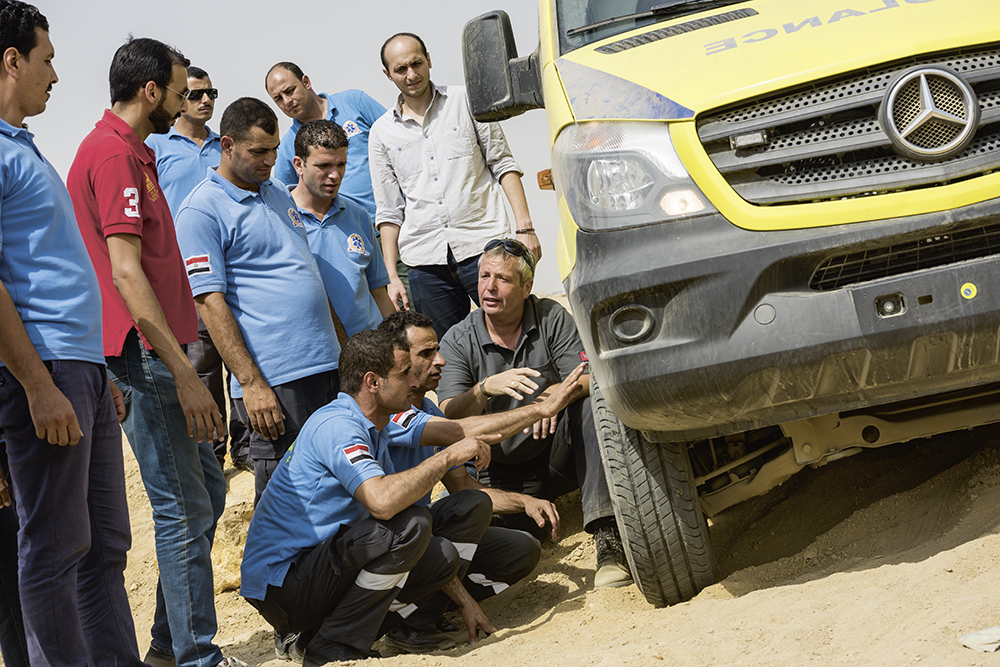
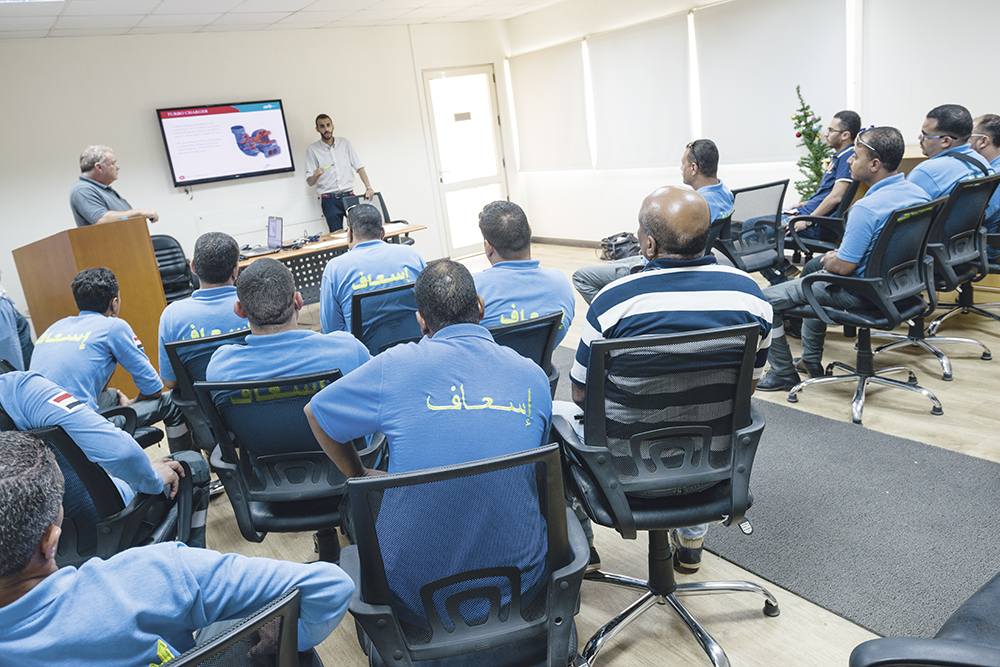
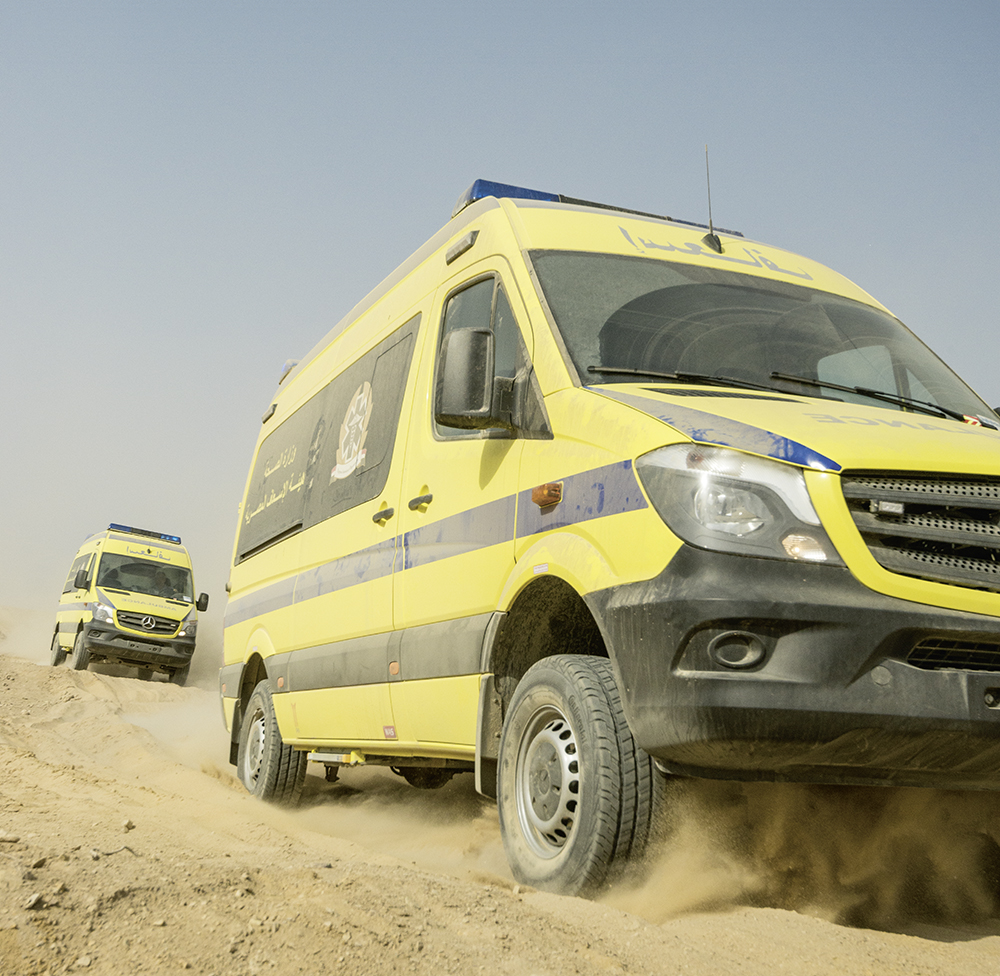
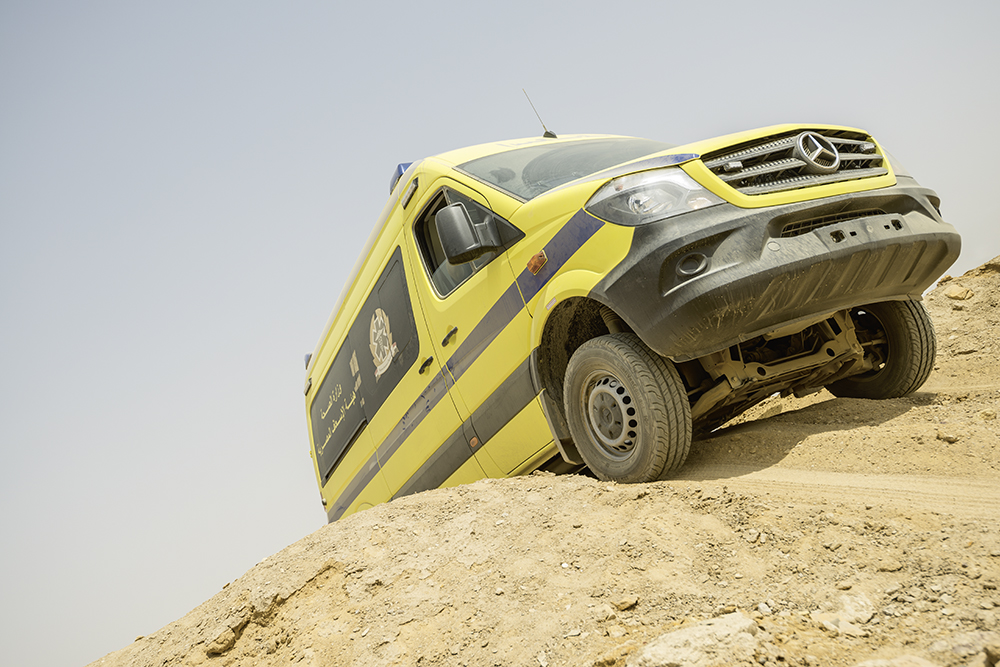
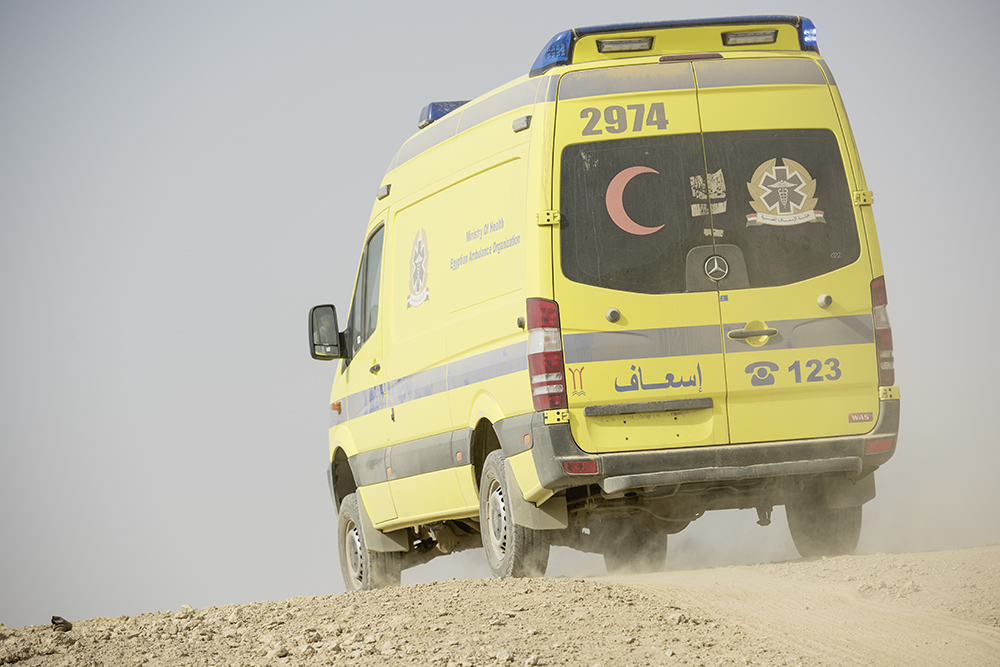
Mr. Mahmoud, you are an important point of contact for WAS in Egypt, acting as a translator, consultant, and local guide. Have you also had the opportunity to visit your colleagues in Germany?
Yes, on two occasions so far: I visited Wietmarschen in 2012 and 2014 to attend training courses covering electrics, generator technology, and medical technology, as well as air conditioning maintenance. When working with the vehicles locally, it is important to have a thorough understanding of both the basic principles and the details. Both visits were excellent and involved some very intensive learning.
What are the most important challenges that vehicles and rescue services in Egypt have to overcome?
The poor road conditions are undoubtedly a challenge for drivers and vehicles alike. In addition, the traffic situation in metropolitan areas is extremely stretched, which causes many accidents each year and makes it difficult to reach the scene of the incident on time. The paramedics also have to overcome the physical challenges of narrow staircases in very tall residential buildings that don’t have lifts. That means you have to be in peak physical condition to be able to withstand the strain on your body.
How do the challenges of driving in the cities compare to rural and desert regions?
Quite honestly, in many of the narrow city streets, the traffic is a nightmare with no kind of organisation whatsoever. For that reason, drivers lover the smaller ambulances such as the old VW T5 or the Mercedes-Benz Vito, which are also built by WAS. The new WAS 300 4x4, which is based on a Mercedes-Benz Sprinter, is also very narrow: a multi-talented vehicle for the country and the city, so to speak.
In rural areas, the scene of an incident is often in a remote area, where the roads are either not shown on a map or simply non-existent. This means that a vehicle needs genuine off-road capability: otherwise, the odds are stacked against reaching the patient.
When introducing drivers to the WAS 300 4x4 for use off-road, there was a driver training course that you attended. How would you describe that?
There were a total of ten groups, each with fifteen drivers attending for a one-day training session. In the mornings, there was a classroom session with training on vehicle technology, focusing on the all-wheel-drive system (handling with differential lock engaged, etc.) After that, we tool the 4x4 ambulances onto the off-road course, where training was given in practical off-road driving that also combined different surfaces at once.
Some people drive in off-road rallies for the thrill of it. Were there any sticky situations during the driver training – moments when you needed strong nerves?
Even when driving on extremely hilly terrain with loose sand or gravel, the all-wheel-drive system helps with maintaining control. We did, however, damage the front driveshaft of one vehicle on a rock. The vehicle could no longer be manoeuvred over the terrain under its own power, and needed to be towed away. Every cloud has a silver lining, however, as it was a really good learning opportunity. Damage like this can occur on tough terrain from time to time, and it meant that we were able to prepare for this kind of situation under the best possible conditions.
Germany and Egypt are separated by around 3,000 kilometres, as well as the Mediterranean Sea. Does the long distance influence the collaboration with WAS?
The collaboration with WAS’s different departments, covering service, technical training, sourcing of spare parts and vehicle deliveries, has been established for many years and works flawlessly. When we’re not physically in the same place, we just connect electronically, and thanks to the training courses and our many years of experience with the vehicles, we can routinely solve the vast majority of problems ourselves. I also particularly enjoyed the way that we were treated during our two stays in Germany.
What is it about the vehicles that you value so highly?
First and foremost, WAS’s flexibility in addressing the specific challenges of using the vehicles in this country and in delivering bespoke vehicle solutions for us. Naturally, the off-road capable vehicles – but also vehicles for transporting infectious patients, large ambulances, as well as smaller vehicles that are tailored for use in urban traffic. WAS covers the complete range of vehicles that we require. Moreover, the high quality and long service lives of the vehicles should be noted: the first VW T5s were delivered in 2007, and are now eleven years old. A large proportion of these vehicles are still in daily use, as are all but a few of the first consignment of Mercedes Sprinters, which were delivered in 2009.
How do the specifications for ambulances in Egypt (in terms of their equipment, crew, and safety) differ from those in other countries? In fact, are there any differences at all?
Vehicles here also follow the EN1789 standard and, as such, don’t differ from those in European countries. The crew here consists of a driver, who is not medically trained, as well as a paramedic, with the driver providing whatever support he can.

This text was first published in the WAS customer magazine „Safety First“. You can request a free copy of this and many other interesting topics by sending an e-mail to marketing@was-vehicles.com.





